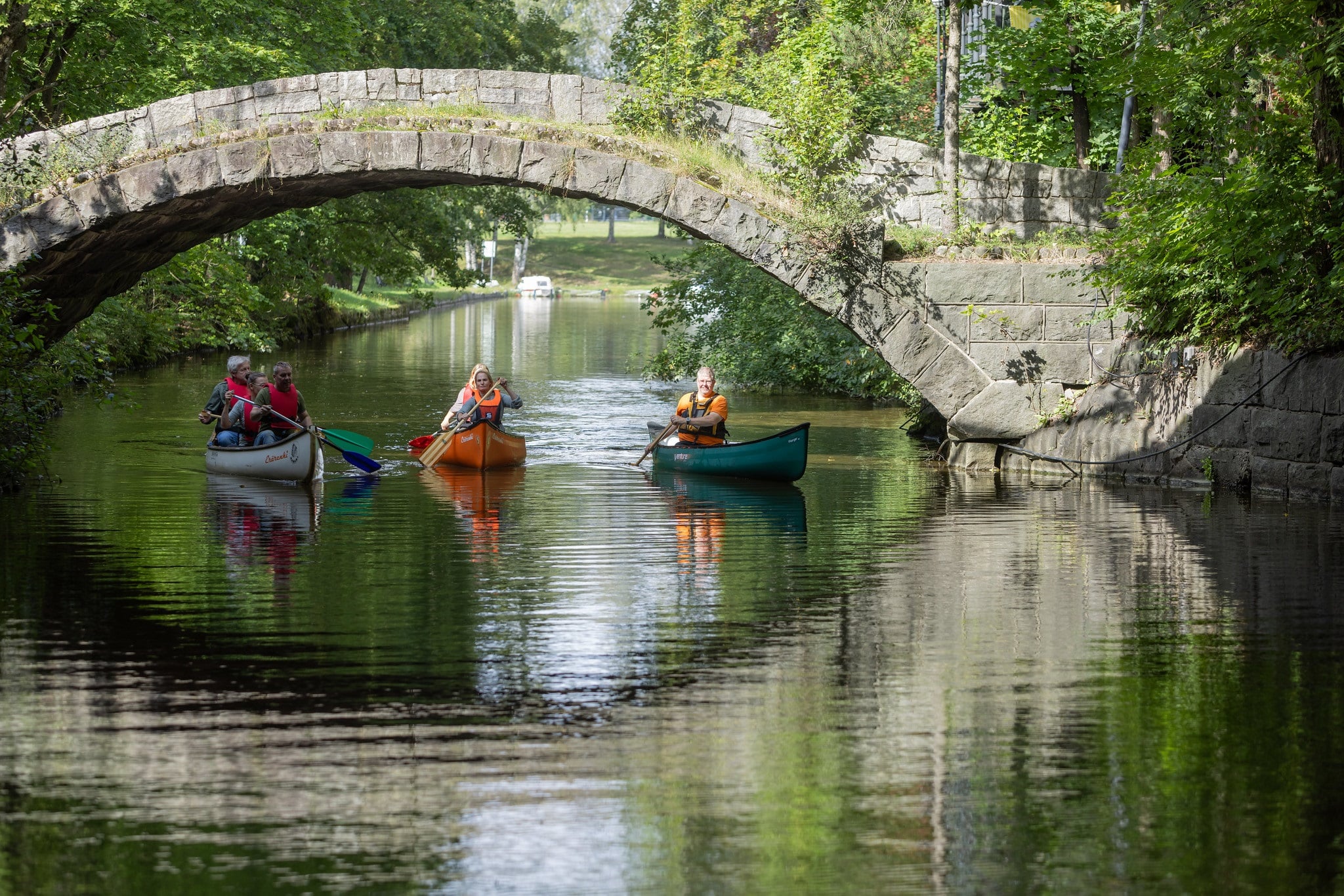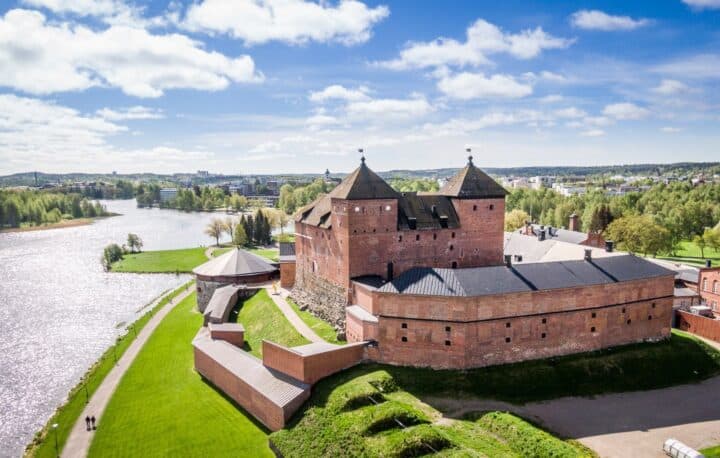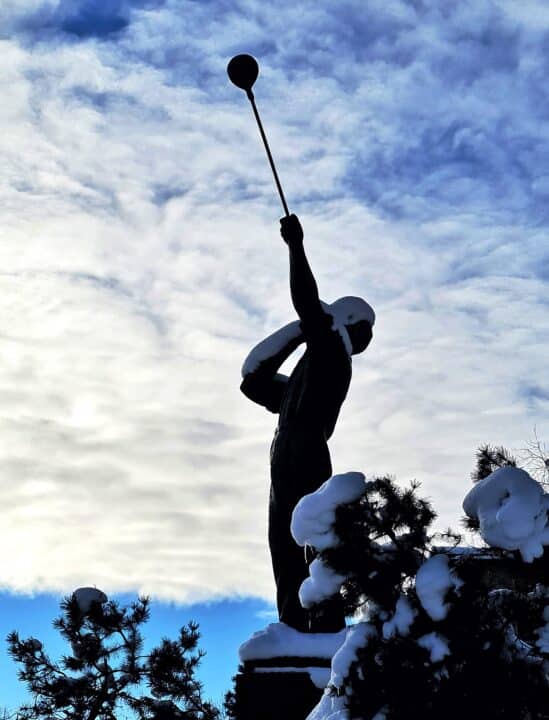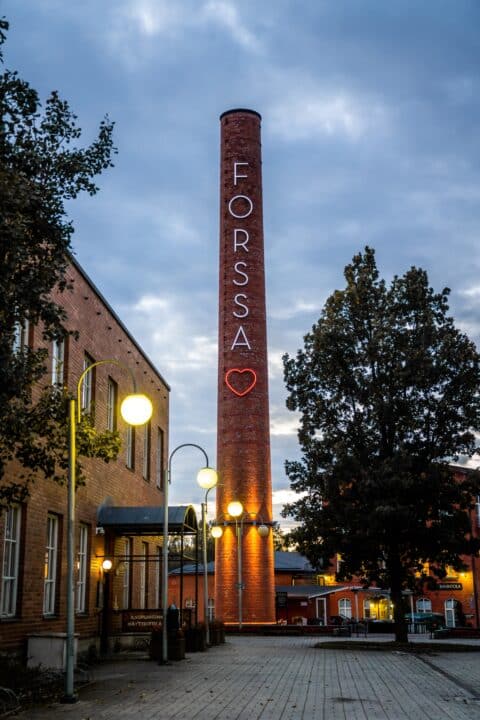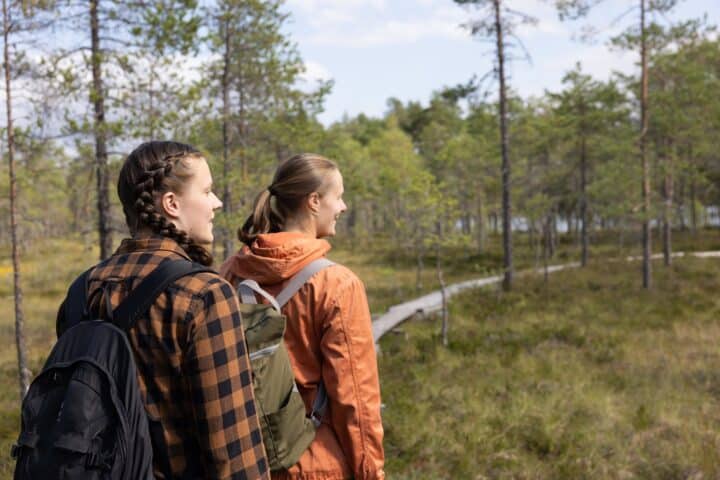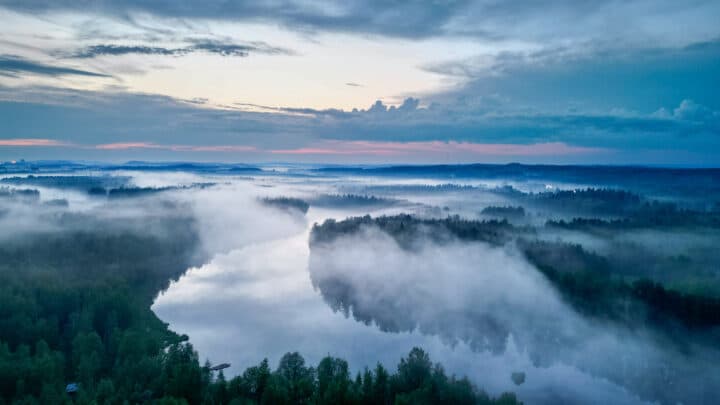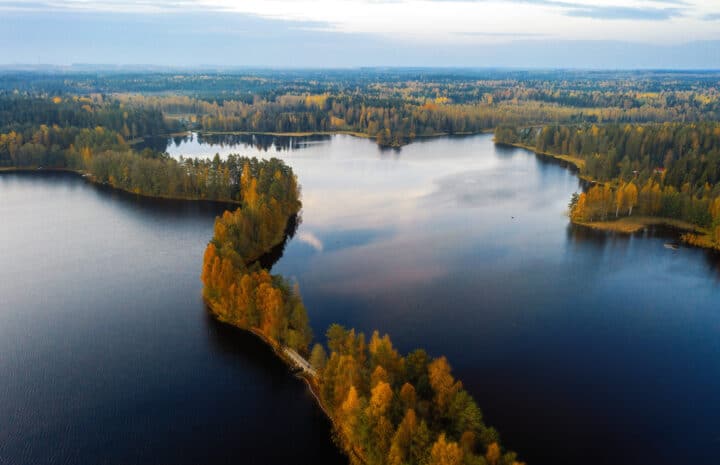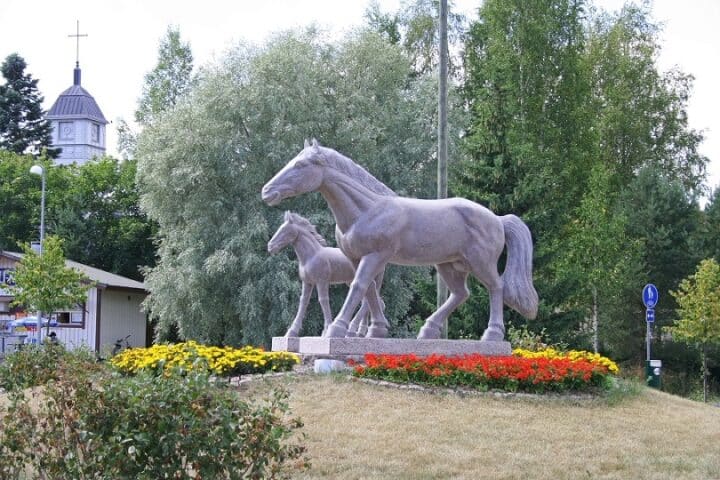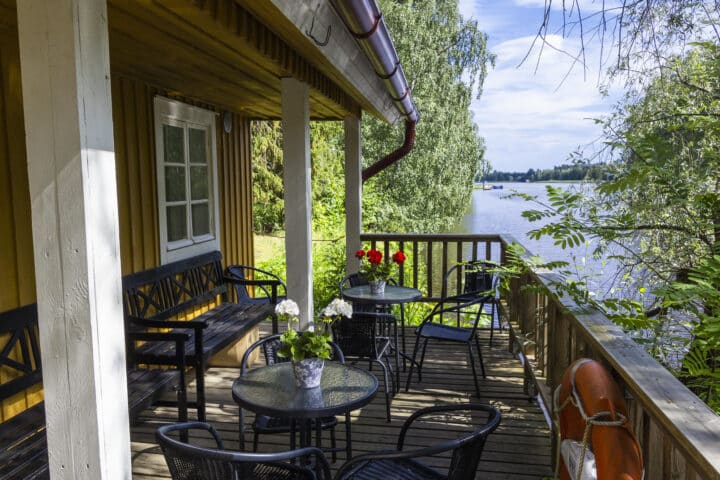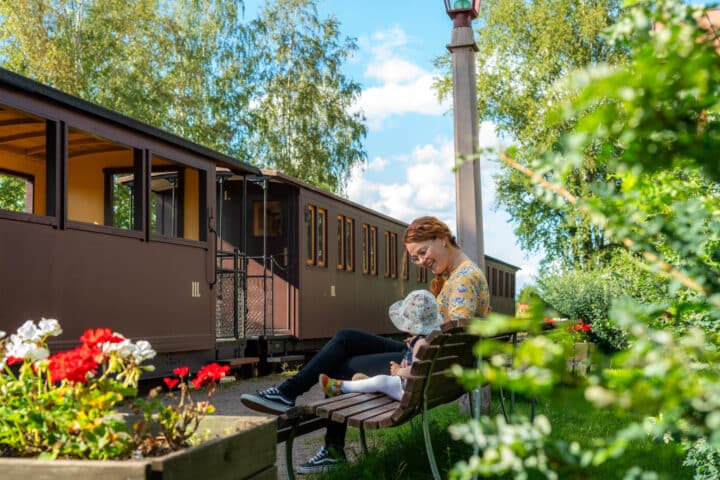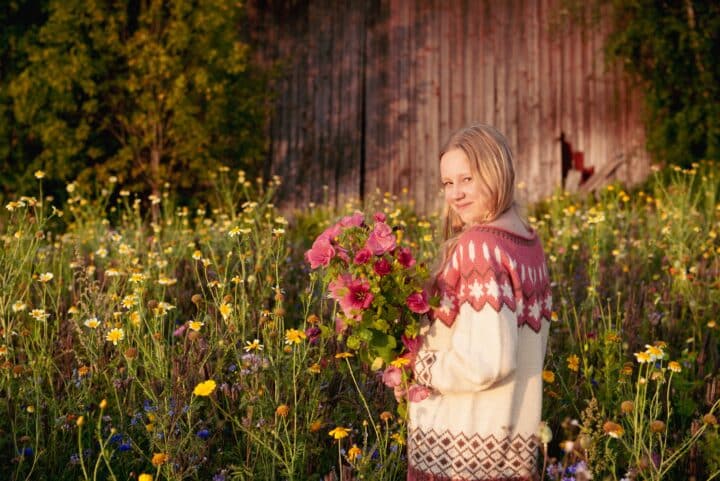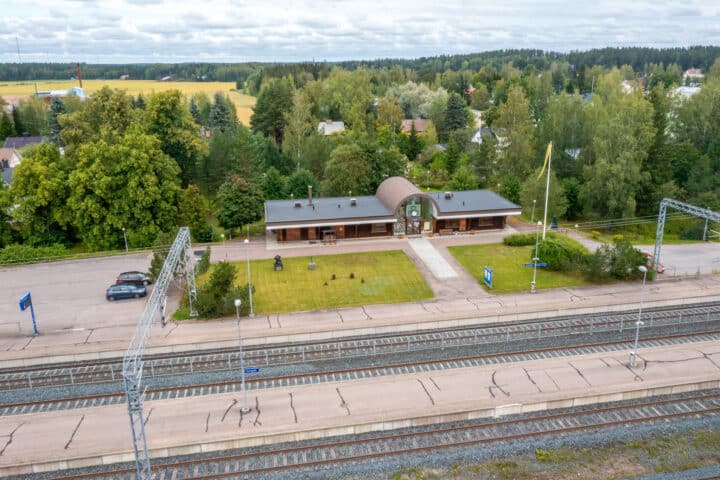This is Häme
Häme is a diverse combination of culture, nature, and local experiences. Today, Häme is located to the southwest of the historical Tavastia (the Latin name for Häme), and its three largest cities are Forssa, Hämeenlinna ja Riihimäki. Distances within Häme are short, and it is easily accessible within an hour from Helsingistä, Tampereelta ja Turusta. Häme consists of 11 municipalities.
Things to do and see
Häme is known as the birthplace of Jean Sibelius. the medieval Ox Road (Härkätie) runs through the region, offering many charming destinations, cafés, and accommodations along the way. The top attractions in Kanta-Häme include the medieval Häme Castle, glass and design-related sites such as The Finnish Glass Museum and Iittala Village, the iconic landscapes of Aulanko and the magnificent Torronsuon and Liesjärven National Parks. The countryside of Häme is filled with small, idyllic destinations and unique experiences.
History of Häme briefly
Häme region has been inhabited since the Stone Age. The first written mention of the region is found in the Chronicle Of Novgorod, in reference to a military campaign launched by Prince Vladimir in 1042. The region had been ruled by the Swedes since the late 13th century, when Birger Jarl led the Second Crusade against the inhabitants of Häme. In the 14th century, Häme became a fiefdom, whose administrative seat was Häme Castle. When Finland was taken from Sweden by the Russians in 1809, Häme region also became part of the Russian Empire. Russian rule ended in 1917.
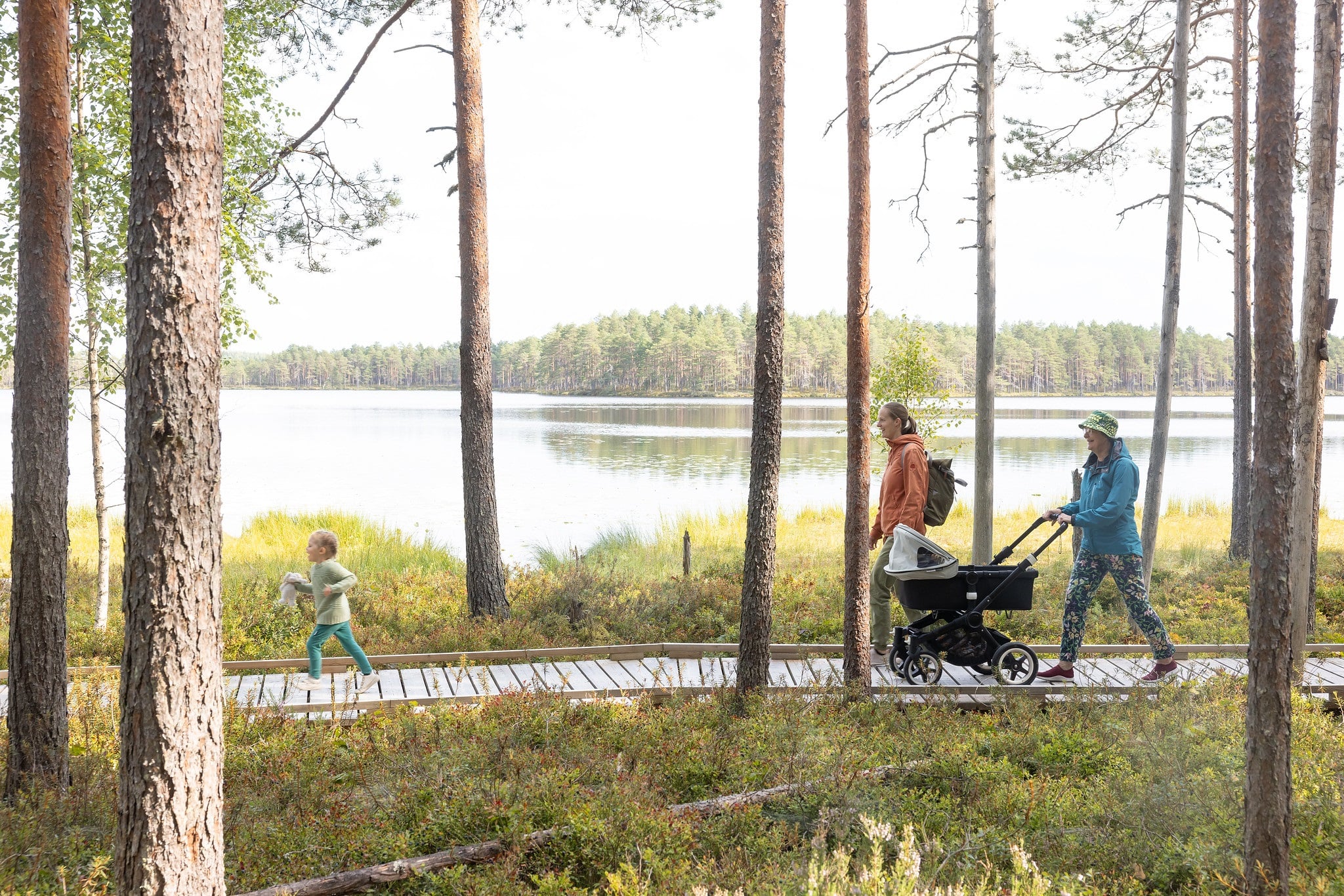
Facts and Figures
1042 – First written mention of Häme in the Chronicle of Novgorod
1308 – First written mention of Häme Castle
170 000 – Population of Häme region
2 – National parks
20 – Nature and hiking areas
120 – Villages
19 – Churches
40 – Manors
64 % – of the area is forest
9 % – of the area is water
